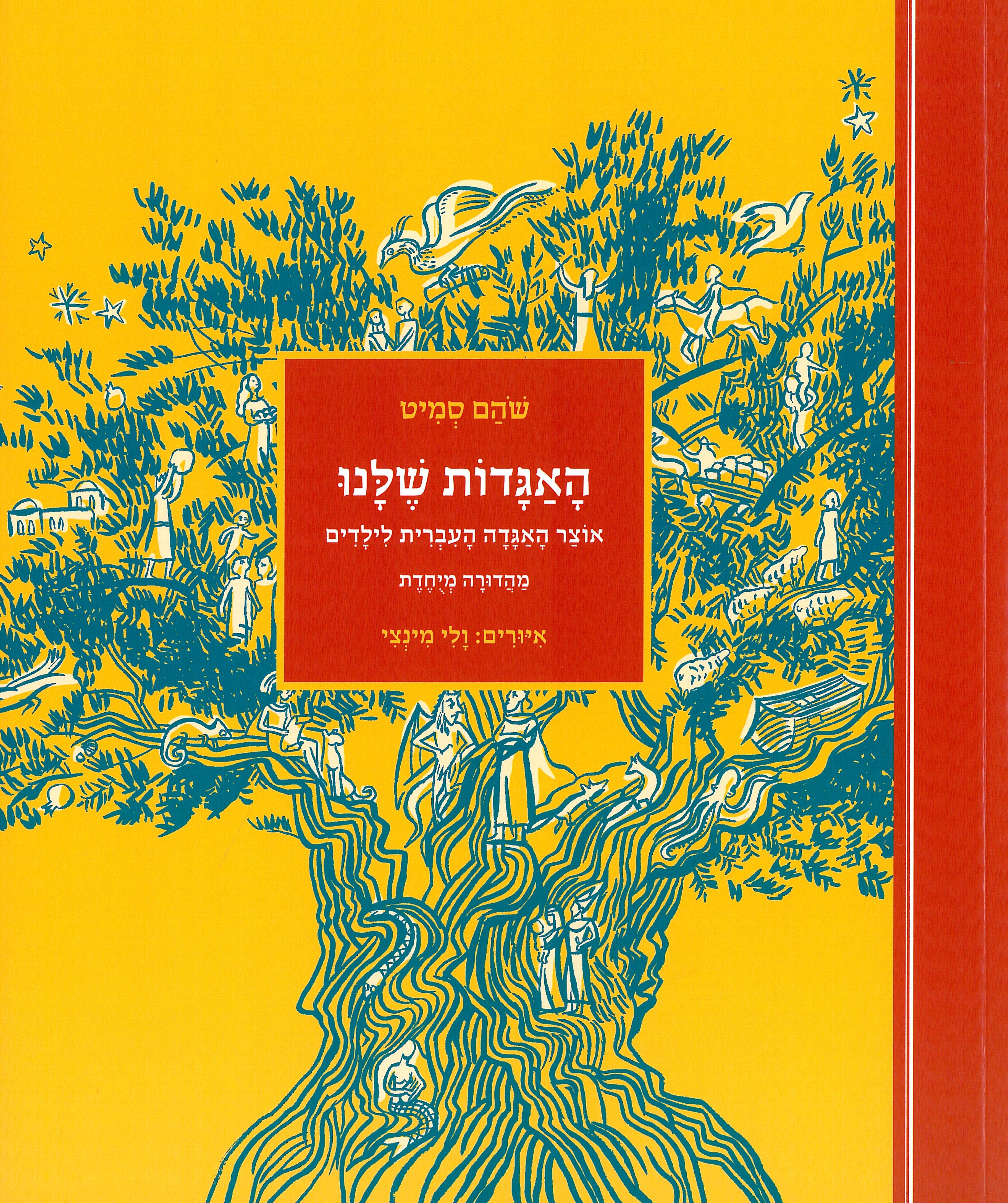
How did Honi cause the rain to fall? Is it possible to learn the entire Torah while standing on one leg? How can a long path be short? A newly-written collection of Talmudic legends in a special rendition for children, selected from Shoham Smith’s anthology “Our Tales”. The legends provide an opportunity for children to learn about the Sages and become acquainted with tales that have been passed down from generation to generation, encouraging thoughtful discussion among adults and children.




